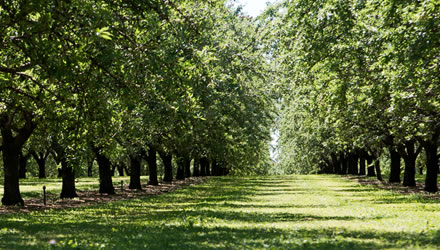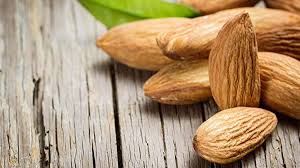



Article by : Hari Yellina.
In today’s world, the pandemic, has gnawed through the demands of many crops. Amongst these crops, the demand, supply and destination for almonds have severely fluctuated. Though there are some regions where this demand remains stable, in most nations the market has suffered a significant blow.


The inshell export destination for almonds stood at 4,754 tonnes in May 2019. In a stark contrast, the export has plummeted down to 1,476 tonnes in China. This vast difference can be attributed to the ongoing, disastrous pandemic. However, the kernel export for almonds remained slightly steady in China. It averaged at 2,691 in March to May 2019 and remained at 2,690 in March to May 2020. On the other hand, the export of almonds to countries like Belgium and Denmark remained unchanged.
If the destination figures for the total of Southeast Asia are examined, India has also faced a downfall in almond exports. In May 2019, the inshell export was recorded at 2,431tonnes whereas in May 2020 this figure drastically plunged to 599 tonnes. Thus, if these figures are studied accurately, it can be concluded that even though the numbers for some of the export markets remain the same, major countries have witnessed a decrease in the amount of exports.
However, it can also be identified that the exports are slowly but steadily increasing, and the demand for almonds are starting to return.
Chestnuts, low in fat and high in vitamin C, are more similar to fruits than true nuts. They have a spiny husk and a dark brown shell, both of which must be removed before eating.
Chestnuts have been a food source for thousands of years. They can be eaten raw, roasted, ground into flour, or mixed into pastries. They grow on trees in the genus Castanea, and many species in this group can live for an impressive 500 years or more.
There are four main species of chestnut tree: the Chinese chestnut, the Japanese chestnut, the European chestnut, and the American chestnut. The trees are native to many places around the world, but once had a much smaller growing area before people began to transplant them.
The American chestnut tree was once common across the eastern United States, but it was nearly wiped out by a fungal infestation in the early 1900s. The European chestnut, Castanea sativa, is the most common and provides the majority of chestnuts sold in grocery stores today.